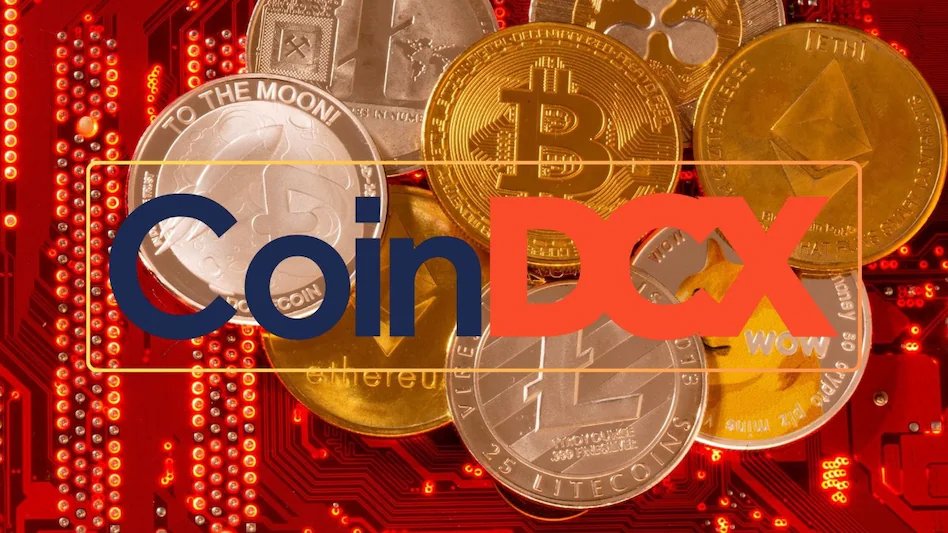Bharat B Anand, Group CIO and CTO, Contec Global
AI’s Evolving Role In Data Security
AI presents both challenges and opportunities for organizations, particularly in the context of protecting data. While AI can be used to enhance security, organizations need to be cautious about how they apply it, especially when it comes to safeguarding sensitive data. The application of AI models—whether supervised or unsupervised—can be instrumental in predicting patterns and improving security measures. AI is not yet truly "artificial" intelligence, but rather "augmented intelligence" that assists in enhancing human decision-making. Although significant strides have been made in AI in recent years, especially compared to its status in the 2010s, it is still evolving, and organizations must adapt accordingly.
Transforming CIO Roles And Cybersecurity Practices
The role of Chief Information Officers (CIOs) has expanded beyond managing information to shaping an organization’s strategic direction. Today, CIOs drive transformation across all functions, ensuring business objectives align with emerging technologies like AI. This shift demands continuous learning and adaptability.
As cybersecurity becomes a shared priority, individuals must take responsibility for their digital security. Whether using banking apps or handling sensitive data, security awareness is essential. Organizations must cultivate a cybersecurity-first culture, emphasizing that security is everyone’s responsibility—not just IT’s. Training, awareness programs, and adopting security frameworks like zero-trust networks are crucial. By fostering proactive security practices, businesses can mitigate risks and build resilience against evolving cyber threats.
Democratizing Cybersecurity For All Businesses
With the proliferation of devices generating vast amounts of data, organizations face significant challenges in managing and analyzing this data effectively. The varying formats, frequencies, and sources of data make it difficult to extract useful information for security purposes. This, combined with the ever-evolving nature of cyber threats, means that organizations must constantly adapt and innovate.
The relationship between organizations and hackers is a constant tug of war, with the balance often determined by an organization's risk appetite. While large corporations may have more resources to invest in cybersecurity, small businesses face greater challenges due to limited budgets. To address these issues, it is vital to democratize cybersecurity and make it more accessible to businesses of all sizes.






